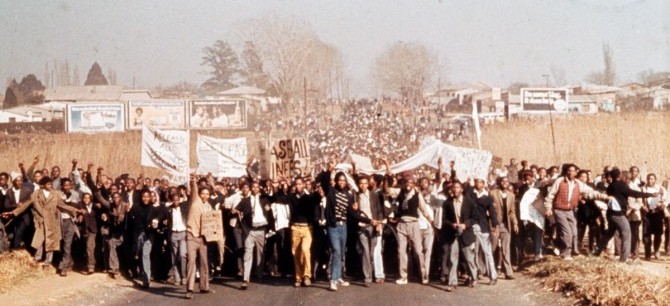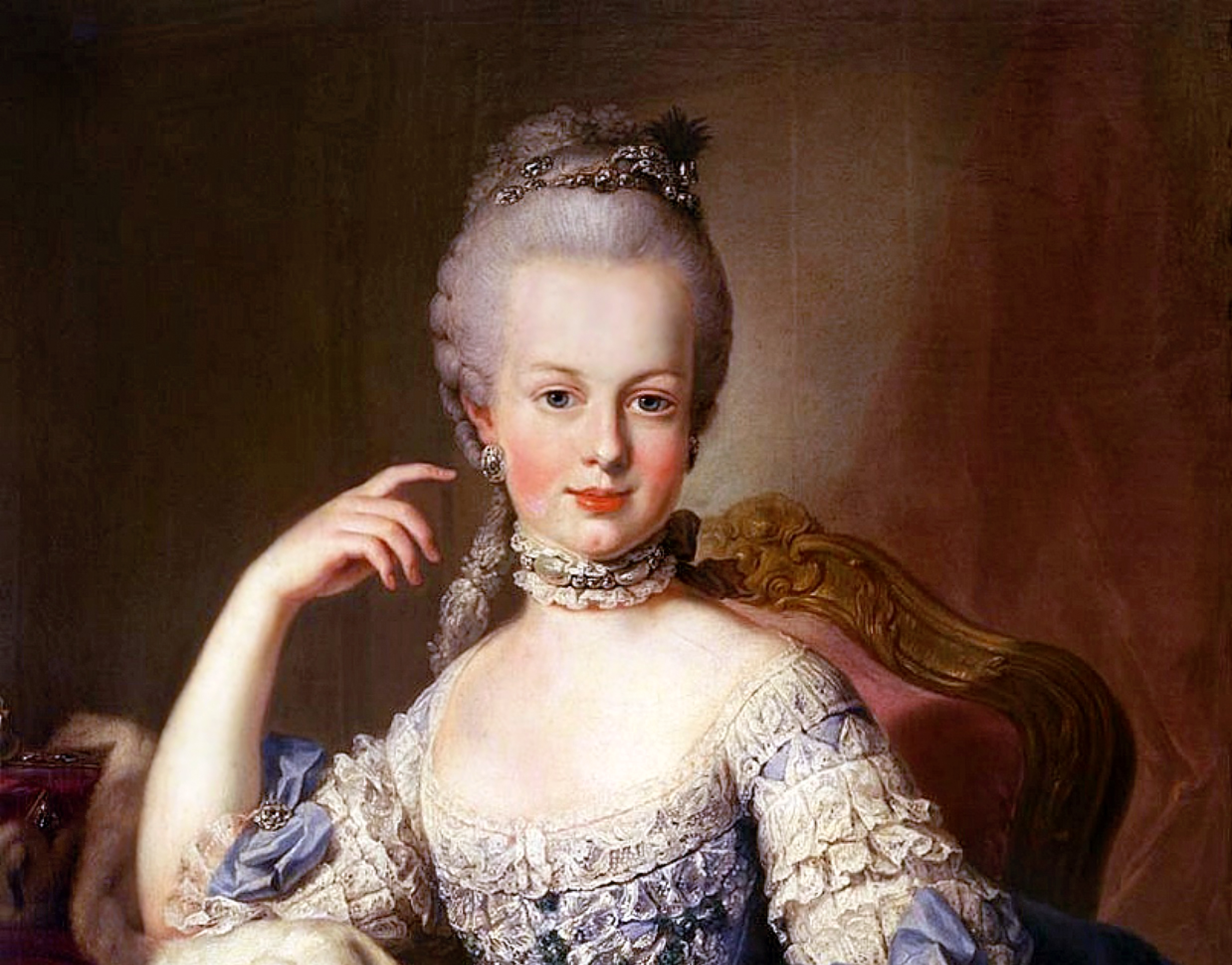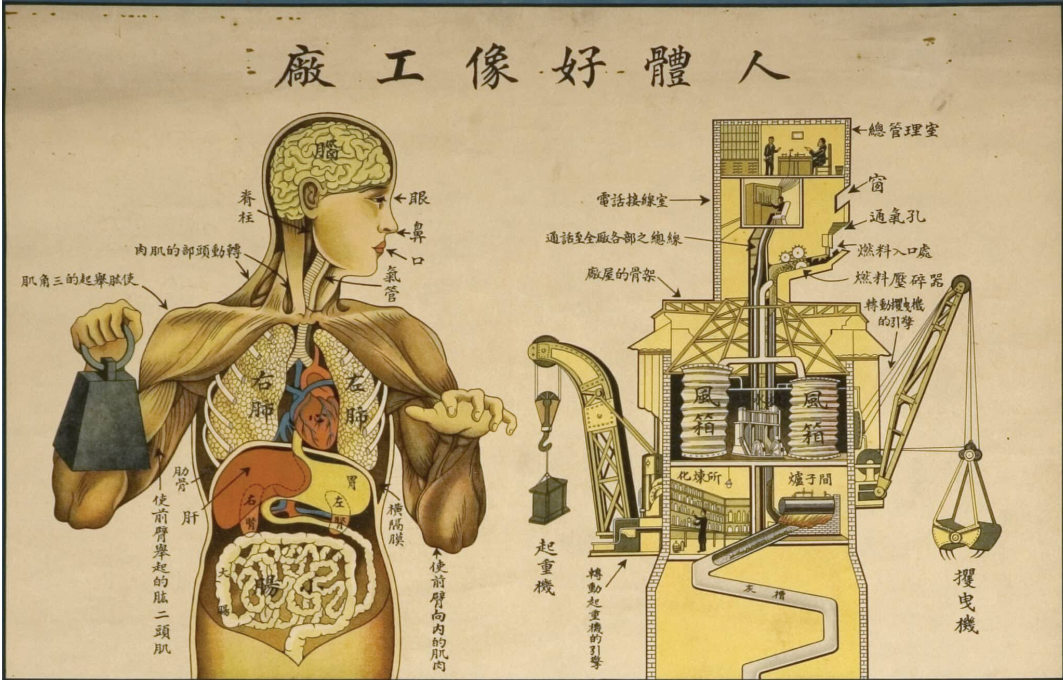Theories of Change
How do you believe social change happens?

How do you believe social change happens? (Eve Tuck 2009a) 1
We often find comfort in believing that our efforts toward diversity, equity, and inclusion are acts of resistance - that by naming injustice, we are undoing it. But what if, even with our most well-intentioned gestures, we are merely reinforcing the very systems we claim to challenge? When corporations like Google champion DEI while simultaneously profiting from extractive labor in the Congo - developing and selling technology for mass surveillance, war, and militarized policing - we are reminded to ask: access, inclusion, and participation in what, and at what cost? Theories of change invite us to pause here - to examine whether our actions disrupt the logics of domination or are simply being absorbed by them. In other words, before moving toward a solution, we need to appropriately grasp the problem we aim to address. I find Unangax̂ scholar Eve Tuck’s articulation of theories of change extremely valuable in thinking through our assumptions about making social change.
In her article Suspending Damage: A Letter to Communities Eve Tuck (2009b)2 defines a theory of change as the assumed mechanisms by which we think social change happens. A theory of change then guides why and how research is conducted.
“Theories of change are implicit in all social science research, and maybe all research. The implicit theory of change will have implications for the way in which a project unfolds, what we see as the start or end of a project, who is our audience, who is our “us,” how we think things are known, and how others can or need to be convinced. A theory of change helps to operationalize the ethical stance of the project, what are considered data, what constitutes evidence, how a finding is identified, and what is made public and kept private or sacred” (Tuck, 2009b: 413)2
While Tuck applies this to research, an analysis of our theories of change can be applied to any circumstance where we aim to enact some form of change. This can include research, education or clinical practice. We all have a theory of change - we just don’t always know exactly what it is. I have found that articulating my theory of change is a powerful way to sharpen both my critique and action, enabling me to be a bit more intentional about how it is that I resist harmful structures.
The first thing I think of when I think of a theory of change is: Where do I assume the problem is located? Different theories of change hold within them assumptions about where we think the problem lies and therefore assumptions about the intervention required. Based on where we locate said problem, we can deduce a set of assumptions and consequences relating to change making. So the first question you might ask yourself is…
Where do I assume the problem lies?
If we locate ‘the problem’ to be ‘fixed’ or ‘changed’ with those who are being harmed, for example, by insisting that they lack knowledge, resources, recognition, empowerment, or representation, then the solutions are often imagined as being assimilatory. In this case, justice looks like making efforts to assimilate these ‘harmed’ populations into existing systems and insitutions by educating them, increasing access to existing resources and services, demanding that their harm be recognized by ‘the powers that be’, or by increasing their presence within the current system. When we locate the problem to be fixed with those who are harmed, we often assume that our current systems and insitutions are neutral or even benevolent. And if we believe existing systems to be neutral or benevolent, we assume change happens through reform – tweaking, adjusting, and perfecting them. However, if we assume the problem lies with systems and institutions that have historically been predicated on and constituted by violence, then assimilation becomes less coherent (see Ahmed 20123; Simpson 20144; Coulthard 20145; Tuck and Yang 20126; and Boodman 20237). After all, who wants to be included into a violent and unsafe system? Reform is frequently traded for revolution, opting to abolish current institutions and their logics and replacing them with institutions built on justice.
What do I assume needs to change?
If we locate the problem with those who are harmed and assume that the system is not inherently violent but only (accidentally) neglectful, we often believe that what requires changing is either the individual (their mindset, behaviour, or knowledge), the hearts and minds of people in power, the barriers to resources and services, the delivery of services, or the diversity of those in power - but rarely the systems and insitutions themselves. However, if we assume the systems and insitutions are not neglectful but is constituted by and necessitates violence, and thus needs to be abolished and replaced, then we might refuse to pathologize the behaviours of those negatively affected by a broken system, refuse to ‘convince’ or educate those in power, refuse to beg for sympathy for the harm that is being inflicted, refuse to fight for access to resources or services within a violent system, and refuse to reify the system and existing structures of power. Instead we assume what requires changing are the structures that reproduce violence - structures such as racism, sexism, colonialism, neoliberalism, homophobia, white supremacy, and so on.
What is my spoken or unspoken theory on how to change or fix the problem?
If we assume the problem is a lack of knowledge, we might extract more data and produce more knowledge to try to fix the problem. If we assume the problem is a lack of sympathy, we might make the suffering of those affected more visible. If we assume the problem is largely ‘unintentional’ or ‘natural’ inequality, we might volunteer our time and energy to ‘help’ those in need. If we assume the problem is a lack of diversity, inclusion, access, and representation in our current institutions, we might try to address barriers and increase access. If we assume the problem is structural and that it affects everyone negatively, we might collectively resist these structures: “Organize. Infiltrate what already exists and innovate what doesn’t” (Gilmore 2022:44)8.
Postionality
Something to be aware of is that even though we might identify a similar problem, because of our social locations, we may enact diverging courses of action. This is because our identities, our ancestral histories, vulnerability, and safety determines which actions are both appropriate and effective. For instance, someone who is racialized as Black might have lived familiarity with and proximity to anti-black racism, and identifying White supremacy as the problem which has long foreclosed Black futures. Their theory of change and form of resistance might be to then think about what is in “excess” of anti-Black violence - imagining alternative futures defined not only by vulnerability (Benjamin 20249; Jackson 202010; Sharpe 201611). Someone who is racialized as White might recognize that White supremacy has a long history of anti-Black violence and securing White futures (Baldwin 201112; Tuck and Gaztambide-Fernández 201313). Therefore, imagining the future is an endeavor fraught with traps (see for instance Paul Taylor on the posterizing impulse 14, or Theodore Shay on the myth of progress15). Given their relative social safety, White folks might use their relative privilege to resist White supremacy and anti-Black violence within institutions, becoming a “White Traitor” and “speaking back to whiteness” (see Barnor Hesse’s 8 White Identities 1617).
Our theories of change are as diverse and unqiue as our fingerprints, and they are always changing. Frequently revisitng our theory of change in different contexts is a must and helps us orient and sharpen our actions.
Instead of offering a conclusion I would like to offer some broad themes and patterns you might be able to mobilize when trying to identify a theory of change and theories of change relating to clinical practice which I use as a teaching tool with physiotherapy students. They are by no means all encompassing and are thoroughly imbued with my own political bias. I offer it as an opportunity to critically consider your own theory of change and political stance on social change.
Broad Themes in Theories of Change
Assimilation vs. Transformation: If the problem is seen as residing with those most affected, the focus is on assimilating individuals into existing systems. This assumes these systems are neutral or benevolent. In contrast, if the problem is viewed as the system itself, then change requires transformation, - a recognition that the systems are not neutral or benevolent but fundamentally problematic (For more on assimilation vs. transformation see Ahmed 20123; Simpson 20144; Coulthard 20145; Tuck and Yang 20126; and Boodman 20237).
Reform vs. Revolution: Change can be incremental and involve reforms that tweak or adjust the current system, or revolutionary - demanding a break from the existing system and the creation of something entirely new. Reform often assumes the system needs ‘tweaking’ and ‘perfecting’. Revolution assumes the system is working as designed and that it is harmful.
Individual vs. Collective: Theories of change may prioritize individual-level change, where change depends on and remains with individual. Alternatively, by recognizing our interdependence, we might shift towards focusing on collective efforts (Mills 201718). Collectivism often addresses the individual, their health, the community, and the conditions that produce ill health.
Theories of Change in Clinical Practice
Symptom Management This theory of change focuses only on treating the individual in front of the clinician while ignoring the broader structures that contribute to their illness, injury, or disability. It fails to acknowledge that patients leave the clinic and return to the same conditions that contributed to their health issues in the first place. By repeatedly rehabilitating people without addressing these structural determinants, the healthcare system profits from an ongoing cycle of debilitation and capacitation (Puar 201719). This keeps the focus on short-term symptom management rather than systemic change, making physiotherapists complicit in maintaining an unjust system.
Non-Interference This theory of change assumes that engaging with issues of inequity and racializing violence is either unnecessary or inappropriate. It often appears in research conducted by white scholars who believe that speaking on these topics might cause harm, so they choose to focus on other, more “neutral” areas. However, there is no such thing as political neutrality. Only certain people can afford to assume themselves to be “apolitical,” which is itself a political stance. This silence reinforces segregation and apartheid-like patterns, where white clinicians and researchers remove themselves from conversations about race and power. It assumes that positive change will happen if they simply step aside and let others do the work, ignoring the ways in which silence actively upholds inequity.
Damage-Centered This theory of change is articulated by Eve Tuck (2009b2) and assumes that by documenting and exposing the harm suffered by certain populations, those in power will be forced to act. The idea is that if inequity is made visible, people in power will feel compelled to make changes or offer reparations. However, this often backfires by reinforcing the idea that marginalized populations are helpless, ruined, and defined by suffering. It also assumes that harm is an accidental byproduct of the system rather than a deliberate and structural outcome. This approach risks maintaining power imbalances, as it suggests that the solution is simply to be better informed, rather than taking direct action to dismantle oppressive systems.
Saviourism This theory of change recognizes that harm exists but positions the clinician or researcher as the hero who must rescue the patient or marginalized group. It assumes that individuals, rather than systems, are the primary site of change, reinforcing power imbalances between the “helper” and the “helped.” Saviourism is often paternalistic and ignores the structural conditions that create inequity in the first place. It also assumes that those receiving care lack agency, reinforcing colonial and white supremacist logics of dependency (Heron 200720; Gebhard, McLean, Denis 202221).
Information-Oriented This theory assumes that inequity persists because of a lack of knowledge or awareness and that the solution is to study the problem further. It focuses on improving education, training (such as EDI workshops), and optimizing systems to minimize injustice. While understanding systems is important, this approach fails to recognize that inequity is not a result of ignorance; ignorance assumes that the systems are politically neutral and benevolent. Rather, oppression is an in-built feature of our current systems, which were built on and continue to benefit from racializing violence. This approach also assumes that if people simply knew better, they would act. This ignores that in many cases, those in power already do know but choose not to act because inequity benefits them.
Representational This theory of change focuses on increasing representation of marginalized groups in leadership, academia, and clinical settings, assuming that visibility leads to change. While representation is important, this strategy often remains within elite spaces and can become a way for institutions to signal inclusivity without making structural changes. White institutions often “make space” for marginalized voices out of guilt or a desire to be perceived as progressive, rather than as a genuine commitment to justice. Representation can tend to focus on individuals who are deemed acceptable and are already in privileged positions, rather than addressing the deeper systemic barriers that keep many people from entering the space in the first place (Táíwò 202222; Tuck and Yang 2012[6^]).
Solidarity-Oriented This theory of change aims to expose systemic violence and mobilize collective action through shared embodied knowledge. It rejects individualist solutions and emphasizes that systems of oppression affect everyone. However, solidarity can sometimes be co-opted by privileged individuals, particularly in the Global North, who center their own marginalization to deflect from their structural privilege. This is called a “move to innocence” (Mawhinney 199823) or a “politics of innocence” (Wang 201224) allows elite white individuals to highlight their own gender, queer, or other marginalized identities to claim solidarity, rather than addressing how they remain complicit in systems of power. True solidarity must go beyond elite spaces and challenge global structures like white supremacy and Euro-American empire, ensuring that the most marginalized voices - not just those already in privileged rooms - are at the center of action (see Ill Will 202125).
Note
- The title image is of the Soweto uprising in Azania (South Africa) where Black students refused to be assimilated into the Apartheid regime by refusing the introduction of Afrikaans as the medium of instruction in their Black schools.
References
-
Tuck, Eve. 2009a. “Re-visioning action: Participatory action research and Indigenous theories of change.” The Urban Review, 41(1): 47–65. https://doi.org/10.1007/s11256-008-0094-x ↩︎
-
Tuck, Eve. 2009b. “Suspending Damage: A Letter to Communities.” Harvard Educational Review 79(3):409–428. https://doi.org/10.17763/haer.79.3.n0016675661t3n15. ↩︎
-
Ahmed, Sara. 2012. On Being Included. Durham, NC: Duke University Press ↩︎
-
Simpson, Audra. 2014. Mohawk Interruptus: Political Life Across the Borders of Settler States. Durham, NC: Duke University Press ↩︎
-
Coulthard, Glen. 2014. Red Skin, White Masks: Rejecting the Colonial Politics of Recognition. Minneapolis, MI: University of Minnesota Press ↩︎
-
Tuck, Eve, Wayne K. Yang. 2012. Decolonization is not a metaphor. Decolonization: Indigeneity, Education & Society 1(1): 1–40. ↩︎
-
Boodman, Eva. 2023. “Medical colonialism and the power to care: Unsettling participatory inclusion in the settler-state care paradigm.” Hypatia 38(2):330–352. https://doi.org/10.1017/hyp.2023.24 ↩︎
-
Gilmore, Ruth Wilson. 2022. Abolition Geographies. London: Verso ↩︎
-
Benjamin, Ruha. 2024. Imagination: A Manifesto. New York: WW Norton ↩︎
-
Jackson, Zakiyyah Iman. 2020. Becoming Human: Matter and Meaning in an Antiblack World. New York: New York University Press. ↩︎
-
Sharpe, Christina. 2016. In the Wake: On Blackness and Being. Durham, NC: Duke University Press. ↩︎
-
Baldwin, Andrew. 2011. “Whiteness and futurity: Towards a research agenda.” Progress in Human Geography, 36(2): 172-187. https://doi.org/10.1177/0309132511414603 ↩︎
-
Tuck, Eve, and Rubén A. Gaztambide-Fernández. 2013.Curriculum, Replacement, and Settler Futurity. Journal of Curriculum Theorizing 29(1): 72-89. https://doi.org/10.63997/jct.v29i1.411 ↩︎
-
Taylor, Paul C. 2014, “Taking Postracialism Seriously.” Du Bois Review, 11(1): 9–25 ↩︎
-
Shay, Theodore L. 1957. “The myth of progress.” The Indian Journal of Political Science 18(1): 5–9. ↩︎
-
Hesse, Barnor, in The Slow Factory Foundation (@theslowfactory). 2023. Instagram, August. (https://www.instagram.com/p/CJyvriYFHMb/?hl=en). ↩︎
-
Rico, Jack and Mark Sargent, hosts. 2021. “EXCLUSIVE: Dr. Barnor Hesse Discusses his ‘8 White Identities’ (Part 1).” March, in Black and Brown, produced by Spotify, podcast, https://open.spotify.com/episode/4Q6BxfkimJwxwjctPQHwCs. ↩︎
-
Mills, Aaron. 2017. “What is a Treaty? On Contract and Mutual Aid.” In The Right Relationship: Reimagining the Implementation of historical Treaties, eds. Borrows, J. and Coyle, M.. Toronto: UTP. ↩︎
-
Puar, Jasbir K. 2017. The Right to Maim: Debility, Capacity, Disability. Durham, NC: Duke University Press. ↩︎
-
Heron, Barbara. 2007. Desire for Development: Whiteness, Gender, and the Helping Imperative. Waterloo: Wilfrid Laurier University Press. ↩︎
-
Gebhard, Amanda, Sheelah McLean, Verna St. Denis. 2022. White Benevolence: Racism and Colonial Violence in the Helping Professions. Halifax, NS: Fernwood Publishing. ↩︎
-
Táíwò, Olúfẹ́mi O. 2022. Elite Capture: How the Powerful Took Over Identity Politics (And Everything Else). Chicago, IL: Haymarket. ↩︎
-
Mawhinney, Janet. 1998. “Giving up the ghost: Disrupting the (re)production of white privilege in anti-racist pedagogy and organizational change.” Master’s thesis. Ontario Institute for Studies in Education, University of Toronto. ↩︎
-
Wang, Jackie. 2012. “Against Innocence: Race, Gender, and the Politics of Safety.” LIES: A Journal of Feminist Materialism 1(10). Retrieved May 5, 2024. ↩︎
-
Ill Will. 2021. Talk Amongst Yourselves: From White Guilt to Race Traitors. Ill Will. Available at: https://illwill.com/talk-amongst-yourselves-from-white-guilt-to-race-traitors ↩︎




